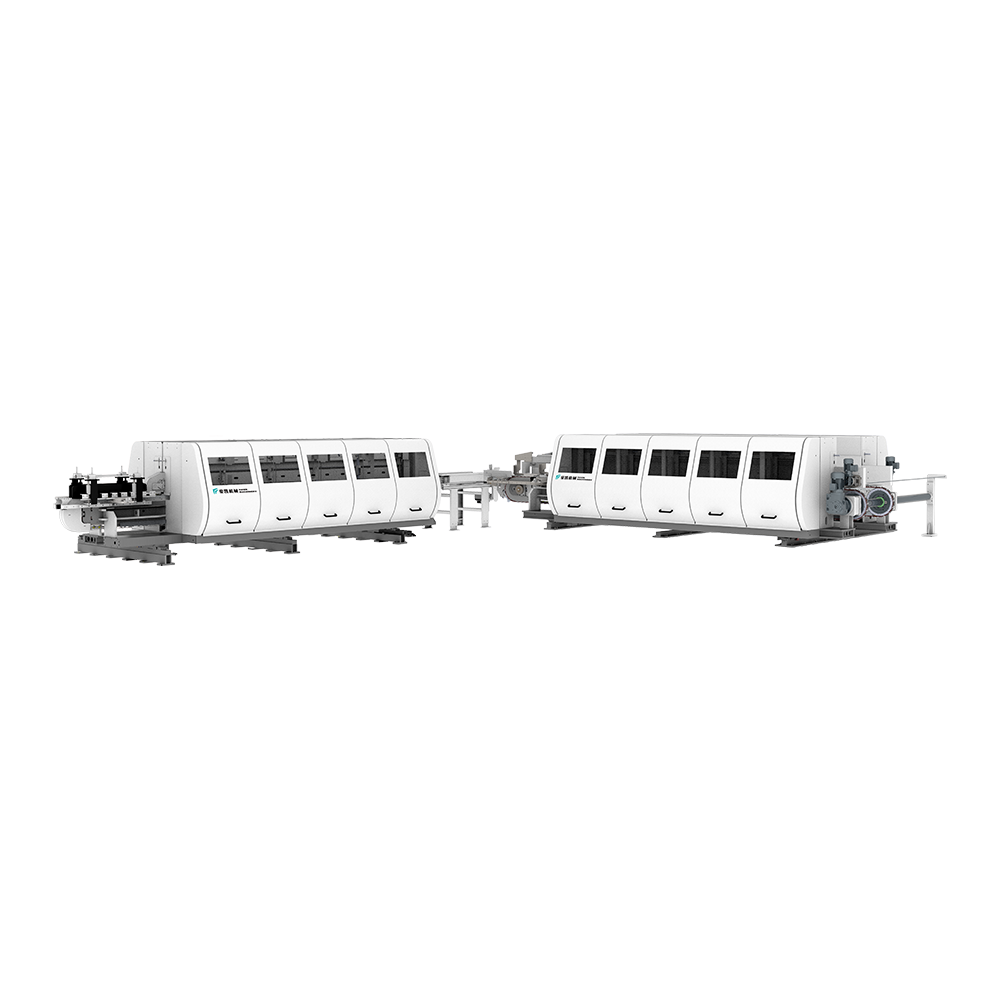A slotting machine, often interchangeably called a vertical shaper, is a fundamental machine tool used in manufacturing and metalworking. It's designed to create precise slots, keyways, grooves, and other intricate shapes, primarily in metal workpieces, through a reciprocating cutting action.
Here's a comprehensive breakdown:
Core Principle and Mechanism
At its heart, a slotting machine operates on a reciprocating motion principle, similar to a horizontal shaper, but with a vertical cutting action.
- Vertical Ram: The defining feature is its vertical ram, a robust casting or steel member that moves up and down. This ram holds the single-point cutting tool.
- Cutting Stroke: The cutting action occurs during the downward stroke of the ram. As the tool moves downwards, it engages with the workpiece, shearing off material in the form of chips.
- Return Stroke: The upward stroke is the non-cutting or idle stroke. To maximize efficiency, slotting machines are equipped with a quick return mechanism (often a crank and slotted link or hydraulic system). This mechanism ensures the upward stroke is significantly faster than the downward cutting stroke, minimizing idle time.
- Single-Point Cutting Tool: Like shapers, slotting machines use a single-point cutting tool. These tools are typically made from high-speed steel (HSS) or carbide-tipped materials, selected based on the workpiece material and desired cutting conditions. The tool geometry (rake angles, clearance angles) is crucial for effective cutting and chip formation.
Components of a Slotting Machine
A typical slotting machine comprises several key components:
- Base: The sturdy foundation that supports all other components, providing rigidity and stability to absorb cutting forces.
- Column: A vertical casting mounted on the base, housing the driving mechanism for the ram.
- Ram: The reciprocating member that holds the tool. It's guided by ways on the column and can often have its stroke length adjusted.
- Tool Head: Attached to the bottom of the ram, it holds the cutting tool. It often incorporates a clapper box mechanism that lifts the tool slightly on the return stroke to prevent dragging and wear.
- Worktable: A robust, typically T-slotted table where the workpiece is securely clamped. Most slotting machines feature a circular or rotary table, which can be rotated precisely using a worm and worm gear mechanism. This allows for angular indexing and the machining of curved or circular features (like internal gears). The table can also be moved longitudinally and transversely.
- Feed Mechanisms: Manual or automatic feed mechanisms allow for precise movement of the worktable in X, Y, and rotary directions. This ensures that a new portion of the workpiece is presented to the cutting tool after each stroke.
- Drive Mechanism: This typically involves an electric motor, gears, and a crank mechanism (or hydraulic system) to convert rotary motion into the reciprocating motion of the ram.
- Lubrication System: To ensure smooth operation and prevent wear on moving parts.
How it Operates (Workflow)
- Workpiece Mounting: The workpiece is securely clamped onto the worktable using vices, T-slot clamps, or custom fixtures.
- Tool Selection & Setting: An appropriate single-point cutting tool is selected based on the material and desired cut, then rigidly clamped in the tool head.
- Stroke Length Adjustment: The length of the ram's stroke is adjusted to be slightly longer than the depth of the desired slot or groove, ensuring the tool clears the workpiece at both ends of the stroke.
- Feed Rate Setting: The feed rate (how much the table moves after each stroke) is set, determining the material removal rate and surface finish.
- Cutting Process: The machine is started. The ram reciprocates, with the tool cutting on the downward stroke. After each cutting stroke, the workpiece is fed incrementally.
- Coolant Application: Cutting fluid (coolant) is typically applied to lubricate the cut, dissipate heat, and flush away chips.
- Monitoring & Adjustments: The operator monitors the cutting process, chip formation, and surface finish, making adjustments to feed, depth of cut, or stroke as needed.
Key Applications
Slotting machines are highly valuable for tasks where vertical cutting, internal machining, or precise angular indexing is required. Their common applications include:
- Cutting Keyways and Splines: This is arguably their most frequent use. They are ideal for creating internal keyways in hubs, gears, pulleys, and external keyways on shafts, allowing components to be securely fastened together.
- Internal Machining: Creating grooves, slots, and contours on the inside surfaces of workpieces where other tools like milling machines might struggle due to access limitations.
- Blind Hole Machining: Excellent for cutting keyways or other features within blind holes (holes that do not pass all the way through the material).
- Shaping Irregular Surfaces: Capable of machining flat, curved (concave or convex), or irregular profiles on surfaces that are difficult to machine with conventional methods.
- Die and Mold Making: Used for intricate cuts and shaping within dies and molds due to their precision and ability to handle complex geometries.
- Cutting Internal Gears and Ratchet Teeth: With the rotary table's indexing capability, they can precisely cut teeth on internal gears, splines, or ratchet wheels.
- Machining Dovetail Slots: Creating precision dovetail slots often used in machine slides and guideways.
In summary, the slotting machine, or vertical shaper, remains a critical tool in many workshops, particularly for specialized tasks requiring precise internal cuts, keyways, and complex shaping that might be difficult or impossible with other common machine tools.

